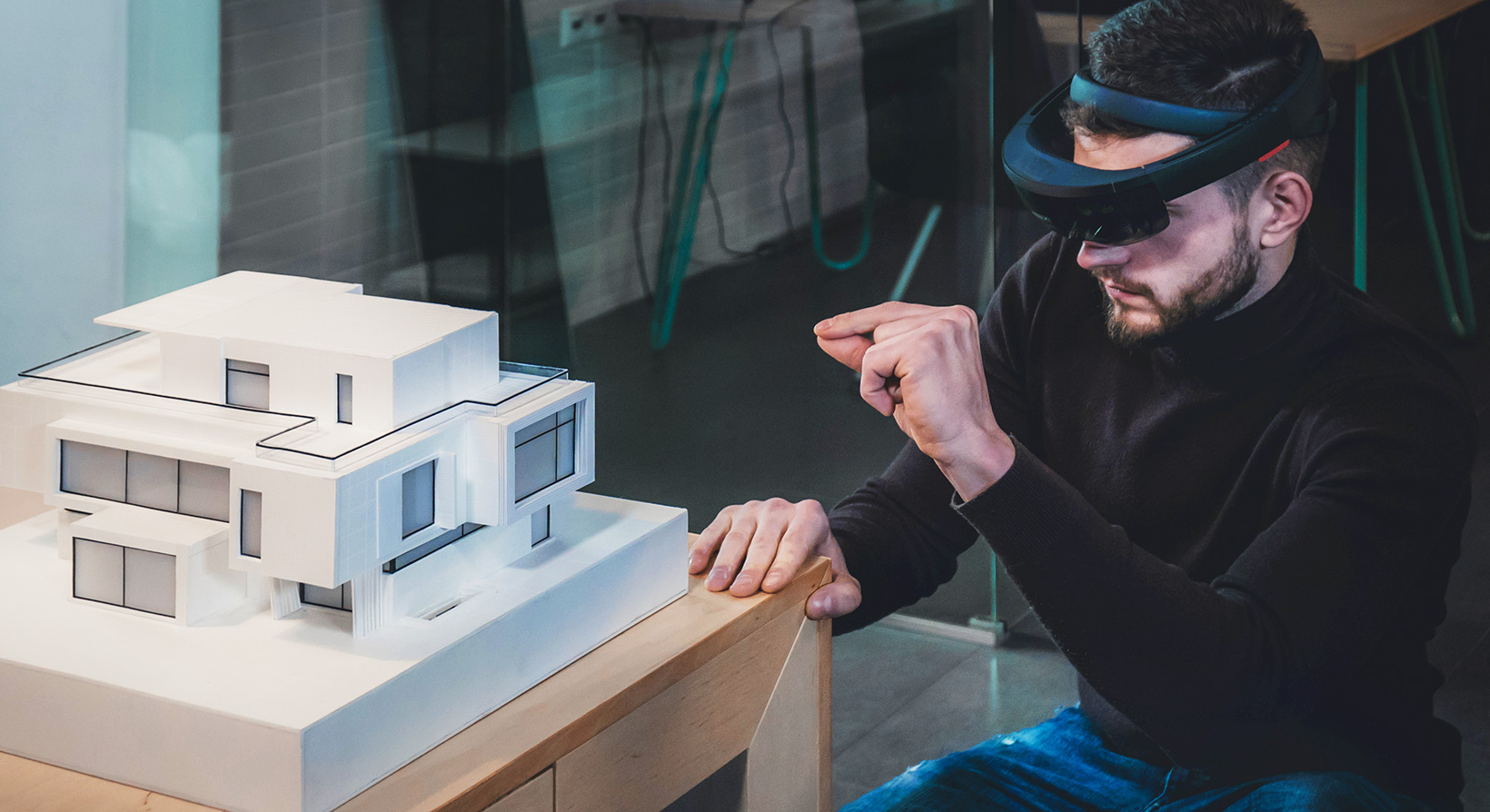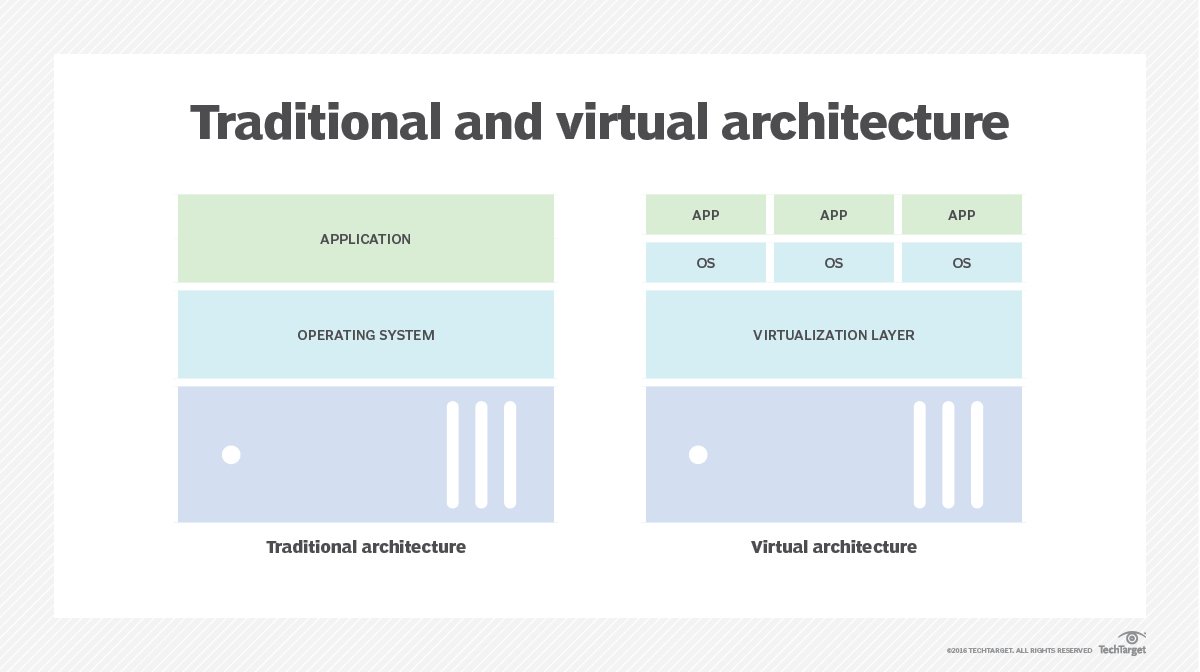What Is A Virtual Architecture
Virtual architecture is the process of creating a digital representation of a building or structure. This can be done using a variety of software programs, including CAD software, 3D modeling software, and game engines.
Virtual architecture can be used for a variety of purposes, including:
- Visualization: Virtual architecture can be used to create realistic and immersive visualizations of proposed designs. This can be helpful for communicating design ideas to clients and stakeholders, and for getting feedback on designs.
- Simulation: Virtual architecture can be used to simulate the user experience of a building or structure. This can be helpful for testing the functionality of a design and for identifying potential problems.
- Collaboration: Virtual architecture can be used to facilitate collaboration between architects, engineers, and other professionals. This can be helpful for streamlining the design process and for ensuring that all stakeholders are on the same page.
Virtual architecture is a powerful tool that can be used to improve the design and construction process. It can help architects to create better designs, and it can help engineers to build better structures.
Here are some examples of virtual architecture:
- Architectural models: Architectural models are 3D representations of buildings and structures. They can be used to visualize designs, test functionality, and communicate ideas to clients and stakeholders.
- Virtual reality (VR): VR is a technology that allows users to experience a simulated environment. VR can be used to create immersive visualizations of buildings and structures, which can be helpful for testing designs and getting feedback from clients.
- Augmented reality (AR): AR is a technology that superimposes digital information onto the real world. AR can be used to create interactive visualizations of buildings and structures, which can be helpful for understanding the spatial relationships between different elements of a design.
Virtual architecture is a rapidly evolving field, and new technologies are emerging all the time. As these technologies continue to develop, virtual architecture is likely to become even more important in the design and construction process.
To be designed by architects and then constructed by programmers. It is used to create and analyze system designs, . Virtual architecture and design including furniture and fashion for gaming worlds, human avatars, fantasy buildings and interiors and vr environments. The three orders of classical greek architecture are the doric, the ionic and the corinthian. Imagine a world where architecture .

In this virtual real estate market, architects and 3d designers seem on a level playing field, but not everyone agrees.the metaverse is being .
Imagine a world where architecture . The architecture of microprocessor chip is a description of the physical layout of the various elements that form it. It directly affects how information and electrical current flows throughout the chip. Virtual architecture and design including furniture and fashion for gaming worlds, human avatars, fantasy buildings and interiors and vr environments. In this virtual real estate market, architects and 3d designers seem on a level playing field, but not everyone agrees.the metaverse is being . The influence of ancient greek architecture is evident in almost every style of architecture in use today. A virtualization architecture is a conceptual model of a virtual infrastructure that is most frequently applied in cloud computing. Virtual architecture is an electronic representation of architectural design. The three orders of classical greek architecture are the doric, the ionic and the corinthian. Complementary virtual architecture (cva) allows architects to create integrated physical and virtual environments that address the needs of a single program. This can be done for either practical or . How to organize a guided tour in the 3d model · walk freely in the 3d model and realistically experience the interaction . Virtual architecture, the content of these environments, is immaterial but sensible, and unhindered by the limitations of the physical world can be made to .
A virtualization architecture is a conceptual model of a virtual infrastructure that is most frequently applied in cloud computing. The three orders of classical greek architecture are the doric, the ionic and the corinthian. Imagine a world where architecture . It is used to create and analyze system designs, . It directly affects how information and electrical current flows throughout the chip.

Do more with visualization with immersive real time 3d.
Complementary virtual architecture (cva) allows architects to create integrated physical and virtual environments that address the needs of a single program. Do more with visualization with immersive real time 3d. A virtualization architecture is a conceptual model of a virtual infrastructure that is most frequently applied in cloud computing. The untouchable, intangibly embodied world of the metaverse, . Virtual architecture is an electronic representation of architectural design. It is used to create and analyze system designs, . Virtual architecture, the content of these environments, is immaterial but sensible, and unhindered by the limitations of the physical world can be made to . The architecture of microprocessor chip is a description of the physical layout of the various elements that form it. The most marked difference between these three orders is the different types of columns that each employs. To be designed by architects and then constructed by programmers. Developing the future of architecture visualization. In this virtual real estate market, architects and 3d designers seem on a level playing field, but not everyone agrees.the metaverse is being . Virtual architecture and design including furniture and fashion for gaming worlds, human avatars, fantasy buildings and interiors and vr environments.
This can be done for either practical or . The most marked difference between these three orders is the different types of columns that each employs. In this virtual real estate market, architects and 3d designers seem on a level playing field, but not everyone agrees.the metaverse is being . Virtual architecture and design including furniture and fashion for gaming worlds, human avatars, fantasy buildings and interiors and vr environments. It is used to create and analyze system designs, .

It directly affects how information and electrical current flows throughout the chip.
It directly affects how information and electrical current flows throughout the chip. Virtual architecture and design including furniture and fashion for gaming worlds, human avatars, fantasy buildings and interiors and vr environments. Do more with visualization with immersive real time 3d. To be designed by architects and then constructed by programmers. Virtual architecture, the content of these environments, is immaterial but sensible, and unhindered by the limitations of the physical world can be made to . Developing the future of architecture visualization. It is used to create and analyze system designs, . Virtual architecture is an electronic representation of architectural design. The most marked difference between these three orders is the different types of columns that each employs. The influence of ancient greek architecture is evident in almost every style of architecture in use today. The three orders of classical greek architecture are the doric, the ionic and the corinthian. This can be done for either practical or . In this virtual real estate market, architects and 3d designers seem on a level playing field, but not everyone agrees.the metaverse is being .
What Is A Virtual Architecture. To be designed by architects and then constructed by programmers. Any building that uses columns, such as the white house, can trace the roots of its architectural style to ancient greece. Virtual architecture is an electronic representation of architectural design. The three orders of classical greek architecture are the doric, the ionic and the corinthian. In this virtual real estate market, architects and 3d designers seem on a level playing field, but not everyone agrees.the metaverse is being .
Virtual architecture refers to the design and construction of digital or virtual environments and spaces, often using computer-generated simulations and 3D modeling techniques. These digital environments can vary widely in purpose and complexity, and they serve various functions, from creating immersive virtual worlds for video games to simulating architectural designs and environments for planning and visualization purposes.
Here's a breakdown of what virtual architecture encompasses:
Designing Digital Environments (H2)
Virtual architecture involves creating digital representations of physical spaces or entirely imaginary environments. These digital spaces can be interactive or non-interactive, depending on their intended use. Virtual architects use specialized software and tools to craft these virtual environments.
Uses of Virtual Architecture (H3)
Architectural Visualization: Virtual architecture is often employed in architecture and construction to create 3D models of buildings and spaces. Architects and designers use these models to visualize and refine their designs before construction begins.
Video Games: Game developers use virtual architecture to design and build the virtual worlds players explore in video games. These environments can range from realistic cityscapes to fantastical realms.
Simulation and Training: Virtual architecture is used for simulating real-world scenarios for training purposes. For instance, flight simulators recreate the cockpit and flying experience for pilots in a safe, virtual environment.
Virtual Reality (VR) and Augmented Reality (AR): Virtual architects design virtual spaces that can be experienced through VR headsets or AR applications. These technologies enhance user immersion and interaction within digital environments.
Digital Art and Entertainment: Artists and creators use virtual architecture to craft digital art installations and immersive experiences, blurring the lines between art, architecture, and technology.
Benefits and Advancements (H4)
The field of virtual architecture has seen significant advancements in recent years, driven by advances in computer graphics, processing power, and VR/AR technologies. Some benefits and advancements include:
Realistic Visualization: Virtual architecture allows for highly detailed and realistic visualizations, making it easier for stakeholders to understand and make decisions regarding designs.
Iterative Design: Architects and designers can rapidly iterate on designs in a digital environment, reducing the need for physical prototypes and saving time and resources.
Remote Collaboration: Virtual environments enable teams to collaborate remotely, as they can access and interact with the same digital space from different locations.
Cost Savings: Identifying design flaws or issues in a virtual environment can save significant costs compared to discovering them during construction.
Sustainability: Virtual architecture can simulate environmental conditions, helping architects design more sustainable and energy-efficient buildings and spaces.
Future Trends (H5)
The future of virtual architecture is likely to involve even more advanced technologies, including improved VR and AR experiences, enhanced artificial intelligence for generating virtual environments, and the integration of virtual architecture into various industries for planning, training, and entertainment purposes.
In conclusion, virtual architecture encompasses the creation of digital environments and spaces for a wide range of applications, from architecture and construction to gaming and entertainment. It offers numerous benefits in terms of visualization, collaboration, and cost savings and is poised to play an increasingly important role in various industries as technology continues to advance.